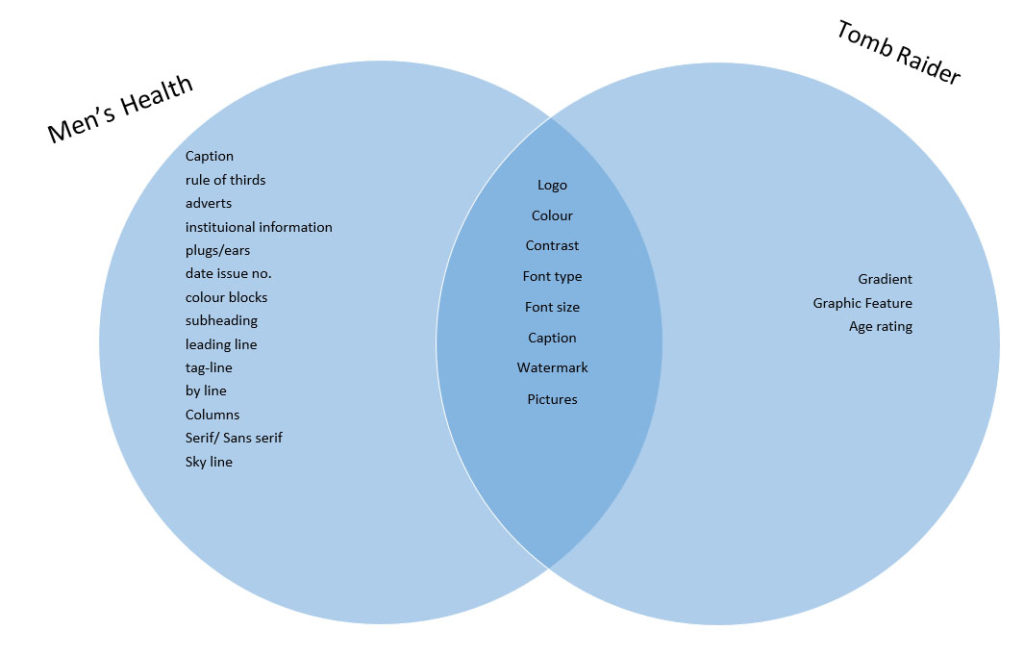Positive and negative stereotypes: Positive stereotypes are when a certain type of person is portrayed positively for example women are warm and caring whereas a negative stereotype is more negative and disrespectful like women can’t drive.
Counter-types: This is when a stereotype normally negative is opposed and contrasted against in normally a more positive sense, like the game Tomb Raider whose main character Lara Croft is portrayed as strong and independent where as women are normally portrayed as weak and reliant on a man.
Misrepresentation: It is when you give fake or misleading information that could have a negative impact on a certain state or action.
Selective representation: Is when a certain person or group is purposely represented and focused more on than others.
Dominant ideology: Is the communal and more dominant beliefs, value, morals and ideas of a group.
Constructed reality: Is argued by sociologists that it is what they call habitualization, which is a society created by humans and their interactions.
Hegemony: A certain type of dominance or authority figure in certain area in life, for example the manager of the office is the authority figure, the boss.
Audience positioning: Is the way the creator has controlled and manipulated how the audience perceive’s and understands the ideology of the media in a certain way.


